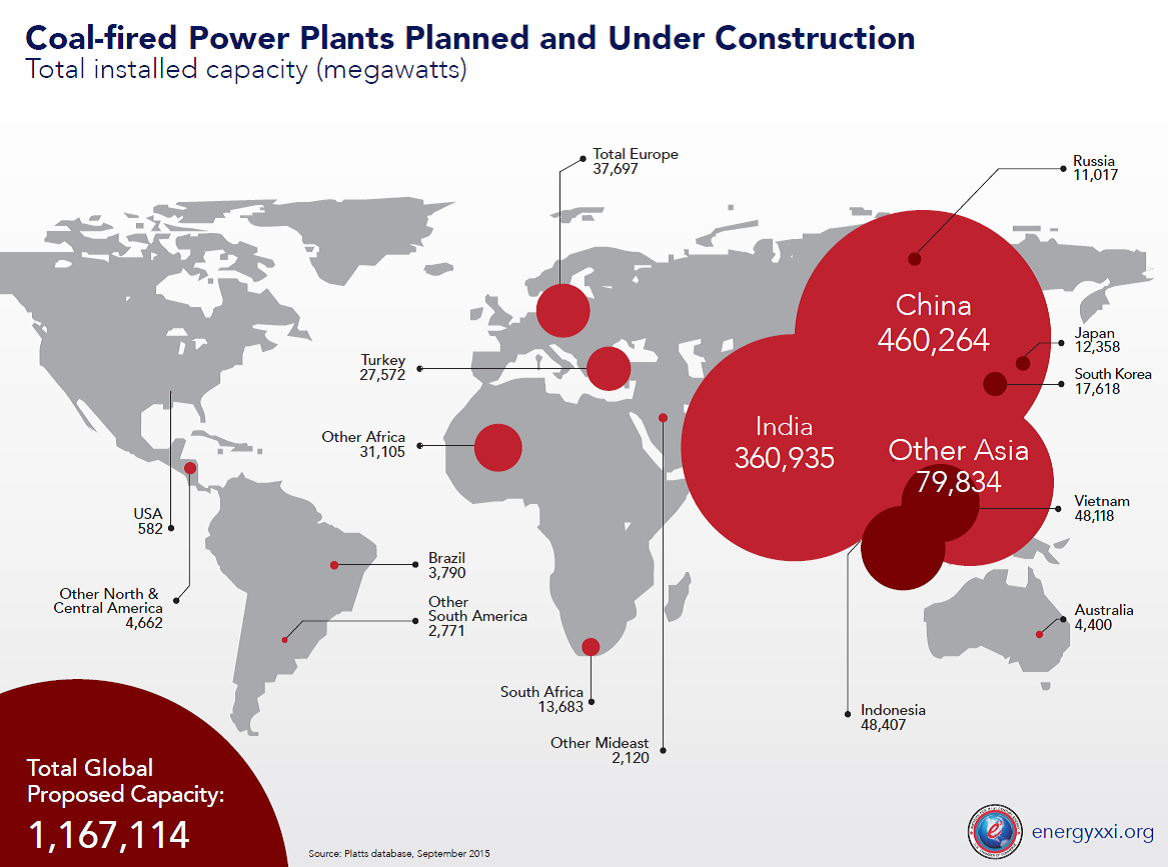The International Energy Agency (IEA) estimates that 1.3 billion people—nearly one-fifth of the global population—do not have access to electricity. For the poor to be able capture the benefits of greater energy use and escape the cycle of poverty, energy resources and technologies must be “scalable,” that is, available at a very large magnitude, when and where they are needed, and at a price the poor can afford.
Fossil fuels, therefore, are likely to remain the primary global source of energy for decades to come. They currently provide about 85% of all global energy supply and are plentiful enough to meet the growing energy needs of billions of people. And fossil fuels aren’t going away anytime soon. IEA’s 2015 World Energy Outlook forecasts that by 2040, fossil fuels will still provide 75% to 70% of the world’s energy.
Countries are moving ahead rapidly with electrification of their economies, and regardless of what happens at the international climate change talks now underway in Paris, coal will continue to play central role.
Indeed, using data from Platts World Electric Power Plants Database, we estimate that that nearly 1.2 terawatts—or trillion watts—of new coal-fired power plants are under construction or in the planning phase, accounting for nearly 40% of the total generating capacity of all generating technologies now under construction or planned (see the graphic nearby).
China and India alone account for 70% of the total coal capacity under construction or planned, and Asia about 89%. The capacity of natural gas- and oil-fired power stations also is expected to grow considerably over the next few years, by about 565 billion and 50 billion watts, respectively.
This building spree is not the kind of activity one would expect to see in a carbon constrained world. Even green Europe, led by Germany and Poland, is building coal plants in significant numbers (and is a growing market for U.S. coal exports).
It’s also useful to keep in mind that that the Environmental Protection Agency projects that its Clean Power Plan will force the premature retirement of 29 gigawatts of coal-fired power by 2025. This means that for every 1 gigawatt of coal capacity expected to retire in the U.S. because of CPP, more than 40 new gigawatts are under construction or planned elsewhere. CPP go down as one of the most expensive futile gestures in U.S. history.


